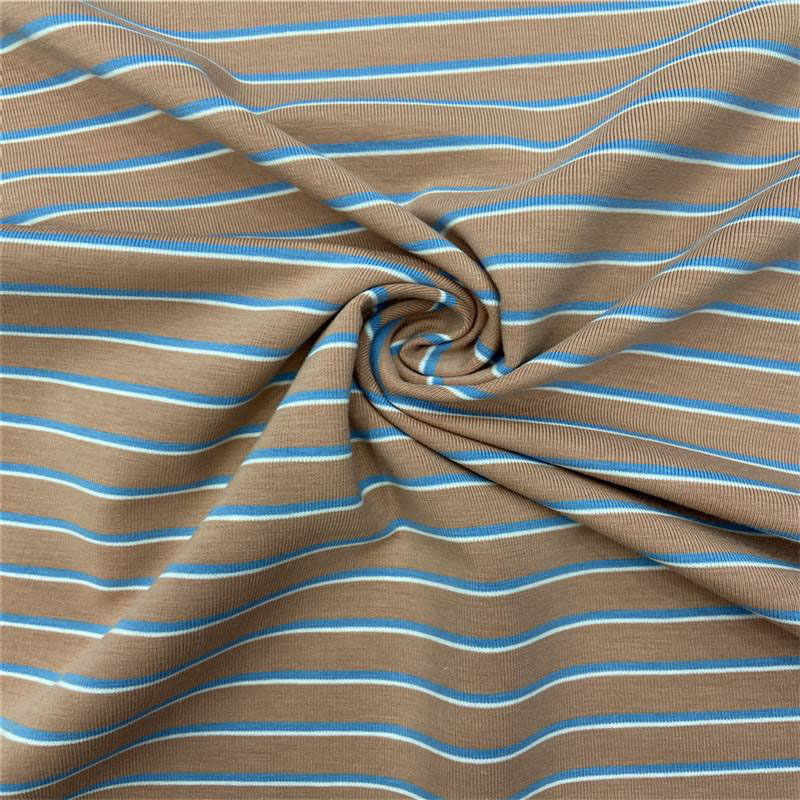In recent years, the textile industry has witnessed a significant shift towards sustainability, driven by consumer demand for eco-friendly products. Single-sided knitted color fabrics are emerging as a promising solution, combining innovative technology with environmental consciousness. This article delves into the future of these fabrics and their role in sustainable development.

These fabrics are not only visually appealing but also possess unique characteristics that make them suitable for various applications. By utilizing advanced knitting techniques, manufacturers can produce vibrant colors without the need for harmful dyes, significantly reducing the environmental impact. Furthermore, the elasticity and durability of these fabrics make them ideal for fashion and functional wear.
As consumers become more educated about environmental issues, they increasingly seek products that align with their values. The rise of single-sided knitted color fabrics addresses this market demand by offering a sustainable alternative to traditional textiles. Companies that invest in these innovative materials not only contribute to a cleaner environment but also position themselves favorably in a competitive market.

The integration of technology in textile production processes has revolutionized the industry. Cutting-edge knitting machines and eco-friendly materials are enabling manufacturers to create single-sided knitted color fabrics with exceptional quality. Moreover, advancements in recycling technologies are paving the way for a more sustainable textile lifecycle, from production to disposal.
In conclusion, single-sided knitted color fabrics represent a significant innovation in the textile industry, marrying sustainability with market needs. As the demand for eco-friendly products continues to grow, businesses that embrace this technology will not only enhance their brand reputation but also contribute to a more sustainable future. The future of eco-friendly technology looks promising, and single-sided knitted color fabrics are leading the charge.
